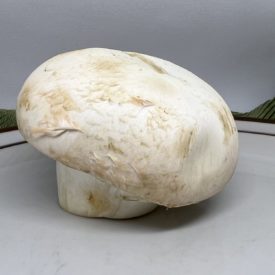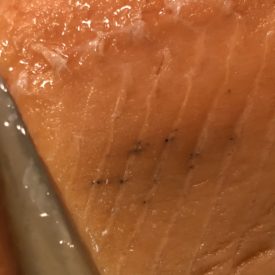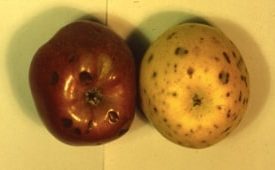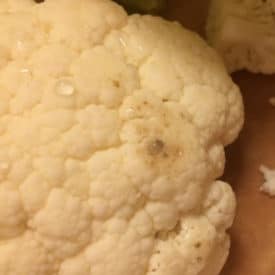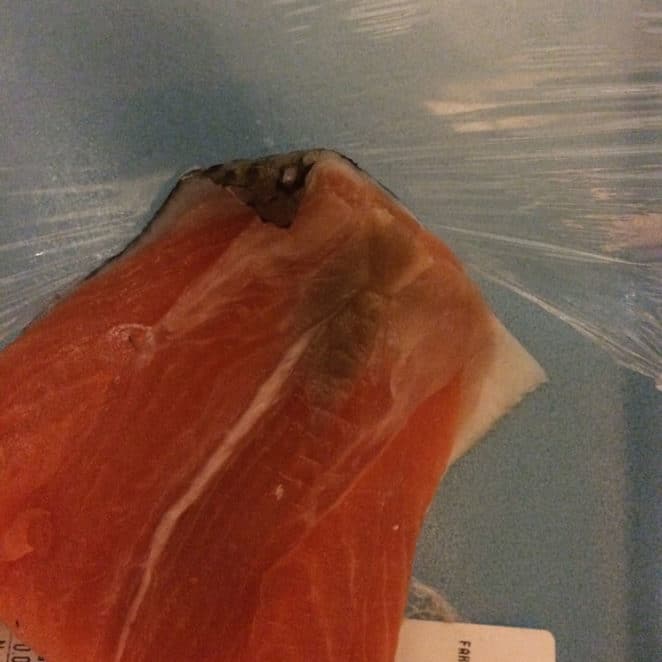
What you see: A dark brownish spot on your salmon, most likely toward the tail.
What is is: Bruising.
Eat or toss: Eat! If you’re very concerned about aesthetics, you could cut if off, but this spot is unlikely to cause any safety issues.
Is raw salmon OK if it has a dark brown area?
Unfortunately, this salmon probably got knocked around, resulting in the broken blood vessels that make up this ugly bruise, Brian Himmelbloom with the Kodiak Seafood and Marine Science Center told me.
Quite possibly the backbone between its tail and the rest of its body was damaged or broken during handling, if, say, the salmon was lifted by its tail, dropped on its tail, or suffered another kind of sudden impact. Salmon can bruise both before and after slaughter—and even frozen salmon can bruise once defrosted.
Also possible in the case of this imperfect fillet: the salmon’s blood may not have been properly drained away.
In any event, the result for this piece of salmon was that that blood vessels broke, blood oxidized, and this part of the tail developed a yucky-looking spot.
Now, over to you, brave kitchen commander. While a region of oxidized blood on your dinner is not exactly appetizing, it’s also unlikely to hurt you. Cooking that spot will kill anything problematic just as cooking the rest of the fish will. The U.S. Seafood Inspection Manual considers bruises to be “blemishes.”
So, if aesthetics are top priority you may want to cut it off. But, if you’re topping with a nice spice rub or smothering in sauce, who cares?
SOURCE:
- Brian Himelbloom – Associate Professor, Seafood Science and Technology. College of Fisheries and Ocean Sciences. Kodiak Seafood and Marine Science Center. University of Alaska, Fairbanks.
- Care and Handling of Salmon: The Key to Quality. John P. Doyle. June 1995. University of Alaska, Fairbanks. Marine Advisory Bulletin No. 45.
- Merriam-Webster. Caudal Peduncle entry
- Fishionary. Caudal Peduncle entry.
- Salmon Inspection Manual. Part 5. U.S. Grading Standards and Procedures for Grading.
“Remember. when salmon bruises, everyone loses,” — John P. Doyle in the Care and Handling of Salmon: The Key to Quality.

